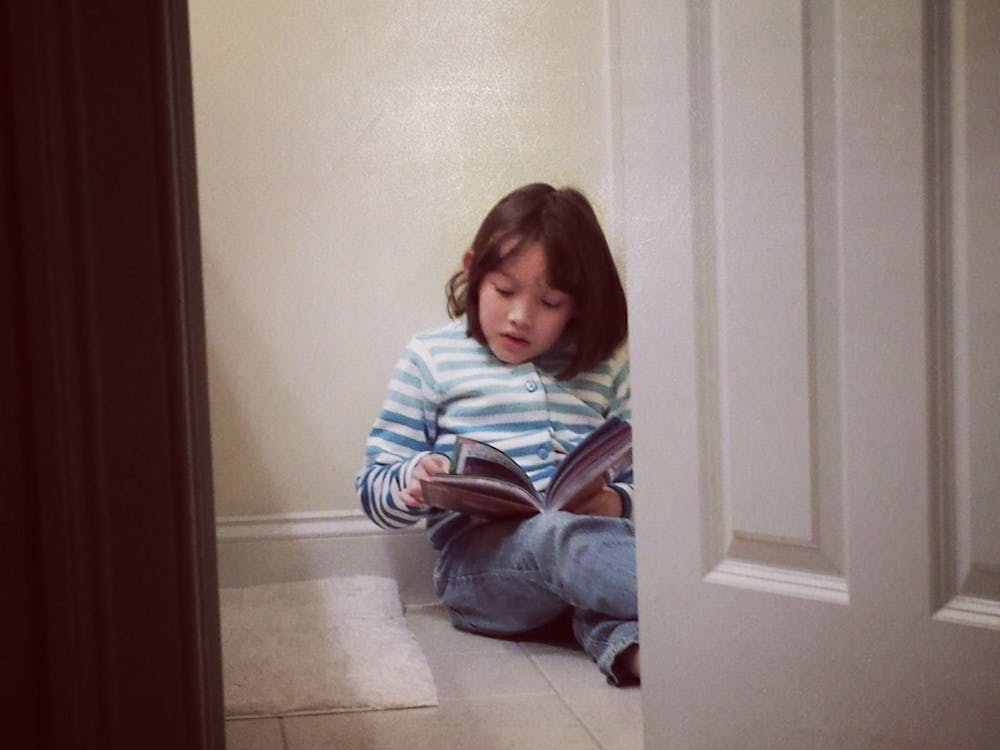Last week I wrote a piece on what is a classic in American cinema (and cinema as a whole). This week I want to focus on global cinema, in particular a movie from the largest producer (by number of films) of motion pictures in the world: Bollywood.
If you ever have four hours to spare and want to enjoy a rousing and inspirational film filled with cricket players, Indian music and snooty British men, then Lagaan: Once Upon a Time in India is the movie for you. I make light of it, but it really is a spectacular experience watching the picture. An underdog story to rival Rocky, the movie causes viewers to inevitably become deeply emotionally invested in the main characters and their plight.
Made in 2001 by director Ashutosh Gowariker and producer Aamir Khan (who also starred), the film tells the story of a poor Indian farming village in the late 19th century pitted against the evil and racist British imperial officers that reside over their region. If you despise black-and-white characterizations, then this is not the film for you. Nearly all of the white British officers are detestable, and all of the Indian villagers (at least in the end) are morally superior. In a daring and dangerous move, Bhuvan (Khan), a young Indian, makes a bet that his rag-tag team of villagers can beat a seasoned team of British officers in a game of cricket, a game none of the farmers have ever even heard of. If the farmers win, they no longer have to pay the land tax (the eponymous “Lagaan”), but if the officers win, the farmers must pay triple what they usually do, an almost impossible request to fulfill considering the devastating drought plaguing the land.
The story is embellished by beautiful and stirring Indian musical numbers, which serve either to highlight important character developments, or as montages that depict a productive and challenging passage of time. From rhythmically excited choruses about the coming rain and a ballad lauding the power of the human spirit, to a pump-up song predicting the soon-to-come downfall of the protagonists’ oppressors, the soundtrack covers a wide expanse of emotions.
The film is a classic romance and depicts an improbable victory, song and dance, and a love triangle that crosses racial, economic and geographic boundaries. The cinematography is sweeping and majestic, employing multiples pans and crane movements to give a sense of the magnificent to what is, at first glance, a fairly modest setting. Birds-eye shots that capture swirling dancers and vast deserts only add to the enchanting sentiment that pervades the film.
The length of the movie is a tad taxing (pun intended and premeditated), but after one viewing, one realizes the three plus hours are necessary for the progression of the plot and the complex characterization of a wide cast of players to feel natural. Even with the movie being that long, it never feels slow or drawn out as there’s always something interesting happening and the film amazingly maintains a fast pace throughout its entirety.
When the film finally comes to an end, it manages to surprise you and fulfill your growing expectations at the same time. With its fairy tale feel and magical aura, it’s a masterfully crafted work of escapism that will leave you feeling satisfied and content, exactly the film’s intent.




